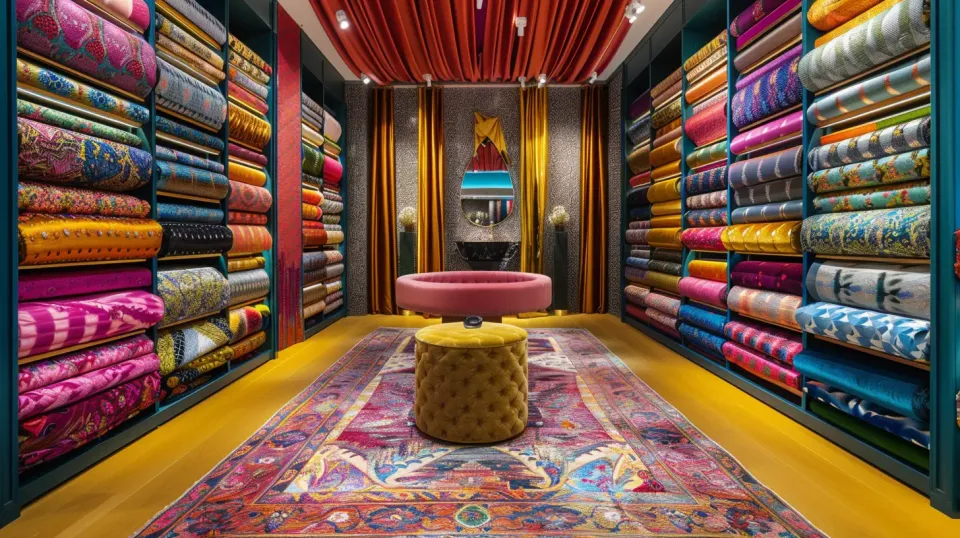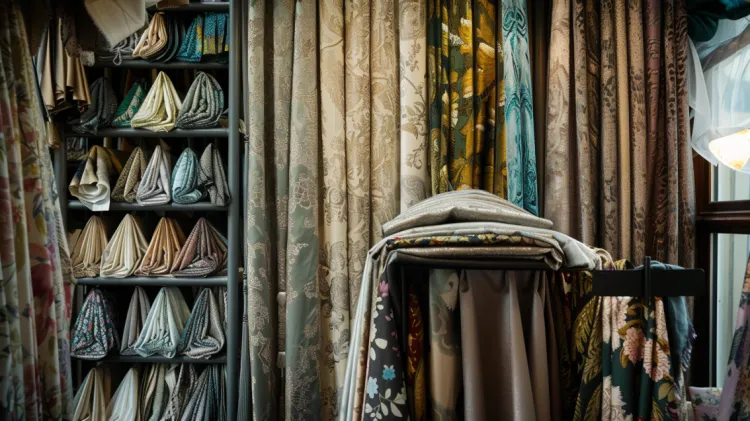How to Start Selling Fabric on Shopify

Starting a fabric store on Shopify? Success hinges on more than just the products you sell. It's about creating a shopping experience that's as rich and detailed as the fabrics you offer.
Let's dive into the world of online fabric retailing, where every thread counts and every interaction matters.
Setting up your Shopify fabric store: The essentials
Launching a successful fabric store on Shopify begins with selecting the right theme that emphasizes visual appeal and easy navigation. Opt for a theme that showcases your fabrics with clarity and detail, supporting high-quality images and enabling customers to feel the texture and quality through their screens. Organize your inventory into clear categories, such as fabric type, pattern, color, or usage, to facilitate easy browsing and shopping.
Integration of advanced features like zoom-in imagery, 360-degree product views, and video demonstrations can significantly enhance the online shopping experience. These tools help customers examine the fabric's weave, texture, and true color more closely, aiding in their purchase decision. A measurement converter tool is essential, allowing customers to easily convert yards to meters or vice versa, ensuring they order the correct amount of fabric.

Crafting the perfect product listings
Product listings are the cornerstone of your fabric store's success on Shopify. Each listing should feature high-resolution images from multiple angles showcasing the fabric's texture, pattern, and true colors. The listing should also include detailed descriptions of the fabric's material, weight, width, care instructions, and suitable uses.
Enhancing listings with customer reviews and ratings offers social proof, building trust with potential buyers. Providing an option for customers to order sample swatches can significantly reduce return rates and increase customer satisfaction. Highlight the sustainability of fabrics, if applicable, and the story behind unique or exclusive designs.
Engaging with your audience
Building a community around your fabric store can transform one-time buyers into loyal customers. Use social media platforms to showcase your fabric in real-world applications, showcasing projects, customer reviews, and how-to guides. Regular blog updates with sewing tips, pattern ideas, and tutorials can keep your audience engaged and drive return traffic to your store.
Develop targeted promotions, seasonal discounts, and loyalty programs to incentivize purchases and reward repeat customers. Implementing an email marketing strategy that features new arrivals, sewing tips, exclusive offers, and behind-the-scenes content can help maintain customer engagement and drive sales.

Selling fabric on Shopify TL;DR
- Set up a user-friendly store: Opt for a visually appealing, easy-to-navigate Shopify theme with high-quality imagery and advanced viewing features.
- Create detailed product listings: To enhance the buying experience, provide comprehensive descriptions, multiple-angle photos, and customer reviews.
- Engage with your audience: Develop a community through social media, blogs, and email marketing to provide value, showcase your products, and drive sales.
Selling fabric on Shopify goes beyond showcasing products; it's about crafting a rich, interactive online experience that captures the essence of your brand. By focusing on detailed product listings, active customer engagement, and a seamless shopping interface, you can weave a successful fabric business on Shopify that resonates with your audience and sustains growth.




